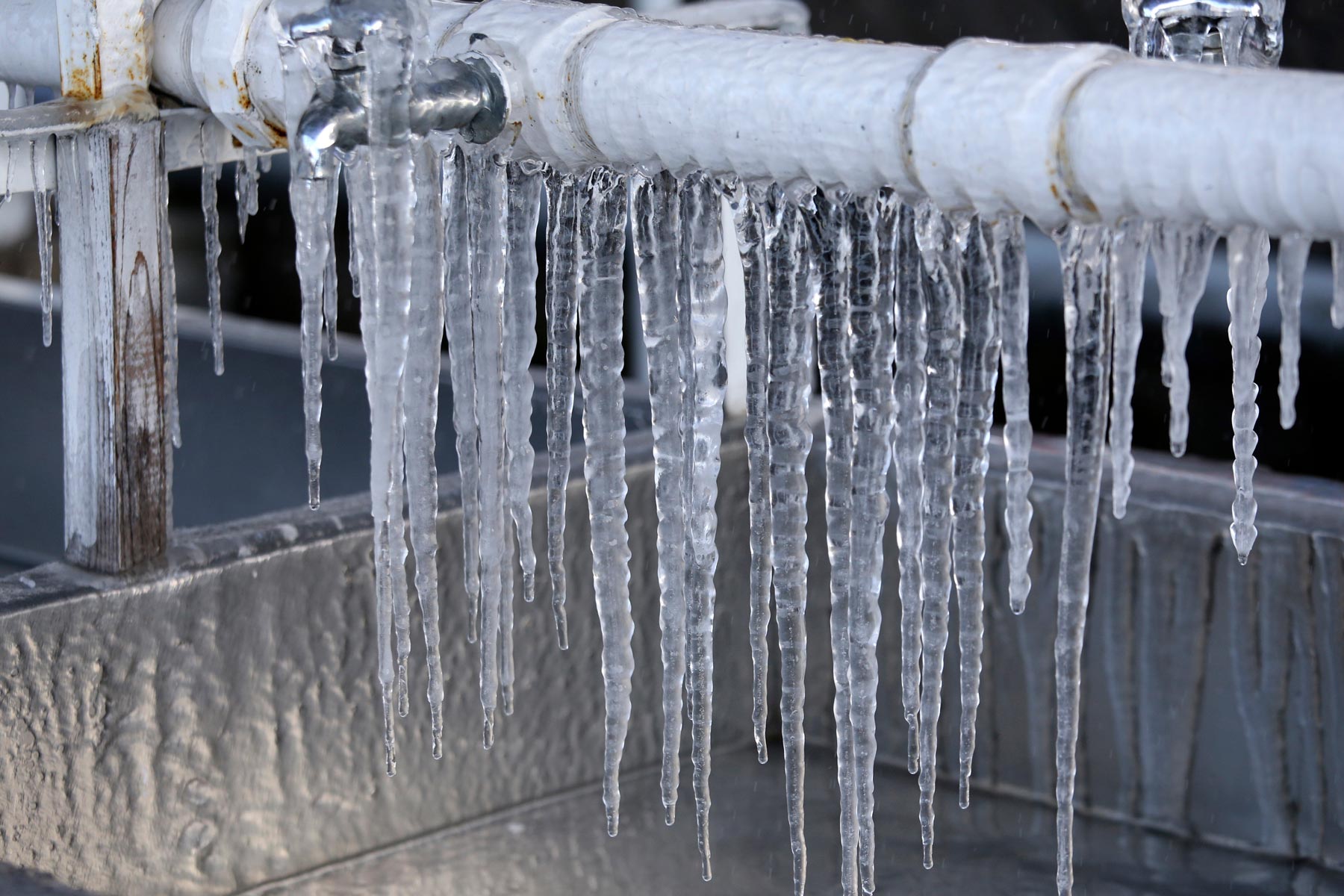Tips for Avoiding Frozen Plumbing in Winter: Expert Tips
Tips for Avoiding Frozen Plumbing in Winter: Expert Tips
Blog Article
Listed here underneath you can get more decent ideas concerning How To Avoid Freezing Pipes.

Cold weather can damage your pipes, particularly by freezing pipes. Below's how to stop it from taking place and what to do if it does.
Introduction
As temperatures decrease, the risk of icy pipelines boosts, potentially bring about costly repairs and water damages. Understanding how to prevent frozen pipes is vital for home owners in cool environments.
Prevention Tips
Shielding at risk pipes
Cover pipes in insulation sleeves or make use of warmth tape to safeguard them from freezing temperature levels. Focus on pipelines in unheated or outside locations of the home.
Heating methods
Keep interior rooms appropriately heated, particularly locations with pipes. Open cupboard doors to permit warm air to circulate around pipelines under sinks.
Just how to identify frozen pipes
Try to find lowered water flow from faucets, unusual odors or noises from pipelines, and noticeable frost on subjected pipes.
Long-Term Solutions
Structural changes
Take into consideration rerouting pipes away from outside walls or unheated areas. Include extra insulation to attic rooms, basements, and crawl spaces.
Upgrading insulation
Buy top quality insulation for pipelines, attic rooms, and wall surfaces. Proper insulation assists maintain regular temperature levels and reduces the danger of frozen pipelines.
Safeguarding Exterior Pipes
Garden pipes and exterior faucets
Detach and drain pipes yard hoses before wintertime. Mount frost-proof spigots or cover outside taps with shielded caps.
Understanding Frozen Pipelines
What creates pipelines to ice up?
Pipelines freeze when subjected to temperature levels listed below 32 ° F (0 ° C) for expanded durations. As water inside the pipes freezes, it expands, putting pressure on the pipe walls and potentially causing them to burst.
Risks and damages
Icy pipelines can lead to supply of water disruptions, residential property damages, and costly repair services. Ruptured pipes can flood homes and create considerable structural damages.
Indicators of Frozen Pipeline
Determining icy pipes early can stop them from breaking.
What to Do If Your Pipelines Freeze
Immediate actions to take
If you think icy pipes, keep faucets available to relieve pressure as the ice thaws. Make use of a hairdryer or towels taken in warm water to thaw pipelines gradually.
Final thought
Avoiding icy pipes needs positive procedures and fast actions. By recognizing the reasons, indicators, and preventive measures, homeowners can shield their pipes during cold weather.
5 Ways to Prevent Frozen Pipes
Drain Outdoor Faucets and Disconnect Hoses
First, close the shut-off valve that controls the flow of water in the pipe to your outdoor faucet. Then, head outside to disconnect and drain your hose and open the outdoor faucet to allow the water to completely drain out of the line. Turn off the faucet when done. Finally, head back to the shut-off valve and drain the remaining water inside the pipe into a bucket or container. Additionally, if you have a home irrigation system, you should consider hiring an expert to clear the system of water each year.
Insulate Pipes
One of the best and most cost-effective methods for preventing frozen water pipes is to wrap your pipes with insulation. This is especially important for areas in your home that aren’t exposed to heat, such as an attic. We suggest using foam sleeves, which can typically be found at your local hardware store.
Keep Heat Running at 65
Your pipes are located inside your walls, and the temperature there is much colder than the rest of the house. To prevent your pipes from freezing, The Insurance Information Institute suggests that you keep your home heated to at least 65 degrees, even when traveling. You may want to invest in smart devices that can keep an eye on the temperature in your home while you’re away.
Leave Water Dripping
Moving water — even a small trickle — can prevent ice from forming inside your pipes. When freezing temps are imminent, start a drip of water from all faucets that serve exposed pipes. Leaving a few faucets running will also help relieve pressure inside the pipes and help prevent a rupture if the water inside freezes.
Open Cupboard Doors
Warm your kitchen and bathroom pipes by opening cupboards and vanities. You should also leave your interior doors ajar to help warm air circulate evenly throughout your home.

I recently found that review about How to Prevent Your Pipes From Freezing while doing a search on the internet. Loved our blog posting? Please quickly share it. Help somebody else check it out. Thanks for your time. Kindly pay a visit to our website back soon.
Browse Website Report this page